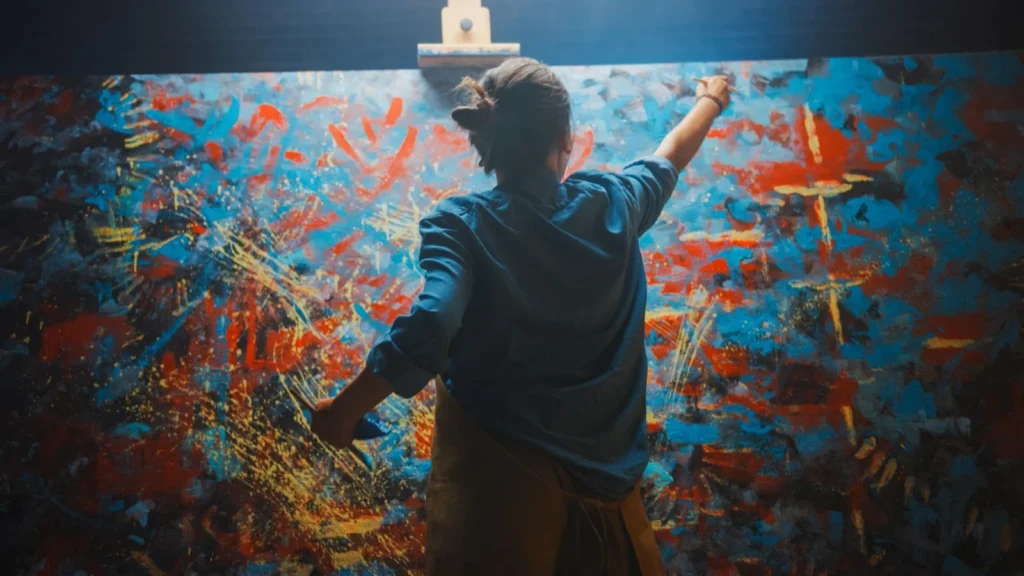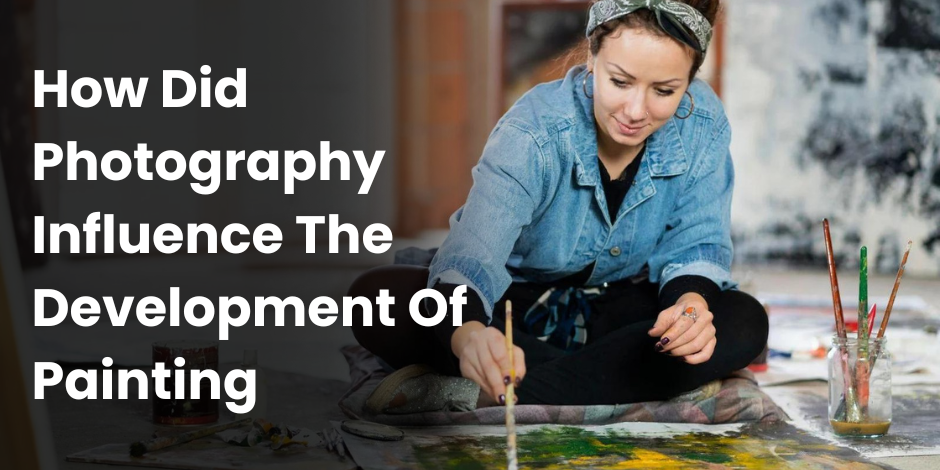The invention of photography in the early 19th century had a profound impact on the world of art, particularly the medium of painting. This new technology revolutionized the way artists saw and depicted the world around them, leading to significant changes in painting styles, techniques, and subjects. In this article, we will explore how photography influenced the development of painting and how artists responded to this groundbreaking innovation.
The Impact of Photography on Realism
One of the most significant ways in which photography influenced painting was through its ability to capture reality with unprecedented accuracy. Prior to the invention of photography, artists were relied on their own observations and interpretations of the world to create realistic depictions of subjects. However, with the introduction of photography, painters were faced with a new competitor that could produce detailed and lifelike images in a fraction of the time.
This shift towards realism can be seen in the works of painters such as Gustave Courbet and Jean-Francois Millet, who were influenced by the photographic style of capturing scenes as they appeared in real life. The development of photography also led to the rise of the Realist movement in art, which sought to represent everyday life and ordinary people with a heightened sense of accuracy and detail.
The Influence of Photography on Composition and Framing
Photography also had a significant impact on the way painters approached composition and framing in their works. Prior to the invention of photography, artists would often rely on traditional techniques such as the rule of thirds or the golden ratio to create balanced and aesthetically pleasing compositions. However, with the advent of photography, artists began to explore new ways of framing their subjects and experimenting with unconventional compositions.
Photographers were able to capture scenes from unusual angles and perspectives, leading painters to rethink their own approach to composition. Artists such as Edgar Degas and Mary Cassatt were influenced by the innovative framing techniques used in photography and incorporated these ideas into their own works. This shift towards more dynamic and unconventional compositions can be seen in the Impressionist movement, which sought to capture fleeting moments and scenes with a sense of immediacy and spontaneity.
The Role of Photography in Changing Painting Techniques
In addition to influencing composition and framing, photography also played a key role in changing painting techniques and styles. The invention of photography led to the development of new tools and materials, such as the camera obscura and the daguerreotype, which allowed artists to experiment with different ways of capturing light and shadow.
Photographers were able to achieve realistic effects through the use of lenses and exposure techniques, inspiring painters to explore new methods of creating depth and texture in their works. Artists such as Claude Monet and Vincent van Gogh were influenced by the dramatic lighting and bold colors used in photography, leading them to experiment with new techniques such as pointillism and impasto.

The Influence of Photography on Subject Matter
Finally, photography had a profound effect on the subject matter of painting, inspiring artists to explore new themes and ideas. Prior to the invention of photography, painters often focused on traditional subjects such as historical events, religious scenes, and portraits of the wealthy and powerful. However, photography opened up new possibilities for artists to capture everyday life and ordinary people in a more intimate and realistic way.
Photographers were able to document the world around them with a level of detail and immediacy that had never been seen before, inspiring painters to do the same. Artists such as Berthe Morisot and Henri de Toulouse-Lautrec were influenced by the candid and spontaneous nature of photography, leading them to explore new subjects such as urban life, street scenes, and the working class.
Conclusion
In conclusion, photography had a profound impact on the development of painting in the 19th and 20th centuries. This revolutionary technology changed the way artists saw and depicted the world, leading to significant changes in painting styles, techniques, and subjects. The influence of photography can be seen in the shift towards realism, the exploration of new composition and framing techniques, the development of innovative painting techniques, and the exploration of new subjects and themes.
Despite the initial challenges posed by photography, painters were able to adapt and respond to this new medium in creative and innovative ways, leading to a period of unprecedented experimentation and artistic growth. Ultimately, the influence of photography on painting helped to push the boundaries of artistic expression and creativity, creating a rich and diverse artistic landscape that continues to inspire artists to this day.
FAQS
Q: In what ways did photography change the subject matter of painting?
A: Photography expanded the subject matter of painting by offering new perspectives on everyday life, landscapes, and portraiture. Painters were inspired by the detailed realism of photographs, leading to increased interest in capturing fleeting moments, candid scenes, and the nuances of light and shadow.
Q: How did photography influence the techniques and styles of painting?
A: Photography influenced the techniques and styles of painting by introducing new methods of composition, perspective, and visual storytelling. Artists experimented with techniques like pointillism and impressionism, inspired by the way photographs captured light and color.
Q: Did photography lead to the decline of painting as an art form?
A: While some feared that photography would render painting obsolete, it instead prompted painters to explore new avenues of creativity. Artists embraced photography as a tool for inspiration and innovation, leading to the emergence of new movements like surrealism and abstract expressionism.
Q: How did photography impact the role of the artist in society?
A: Photography democratized visual representation by making image-making more accessible to the masses. This shift challenged traditional notions of artistic authority and led painters to reconsider their role in society as interpreters and creators of visual culture.
Q: What are some examples of artists who were influenced by photography?
A: Many artists were influenced by photography, including the impressionists like Edgar Degas and Édouard Manet, who incorporated photographic techniques into their paintings. Surrealist painters such as Salvador Dalí and René Magritte used photography as a tool for exploring the subconscious and blurring the boundaries between reality and fantasy. Additionally, artists like Pablo Picasso and Georges Braque were inspired by the flattened perspectives and fractured compositions of early photographs, leading to the development of cubism.













